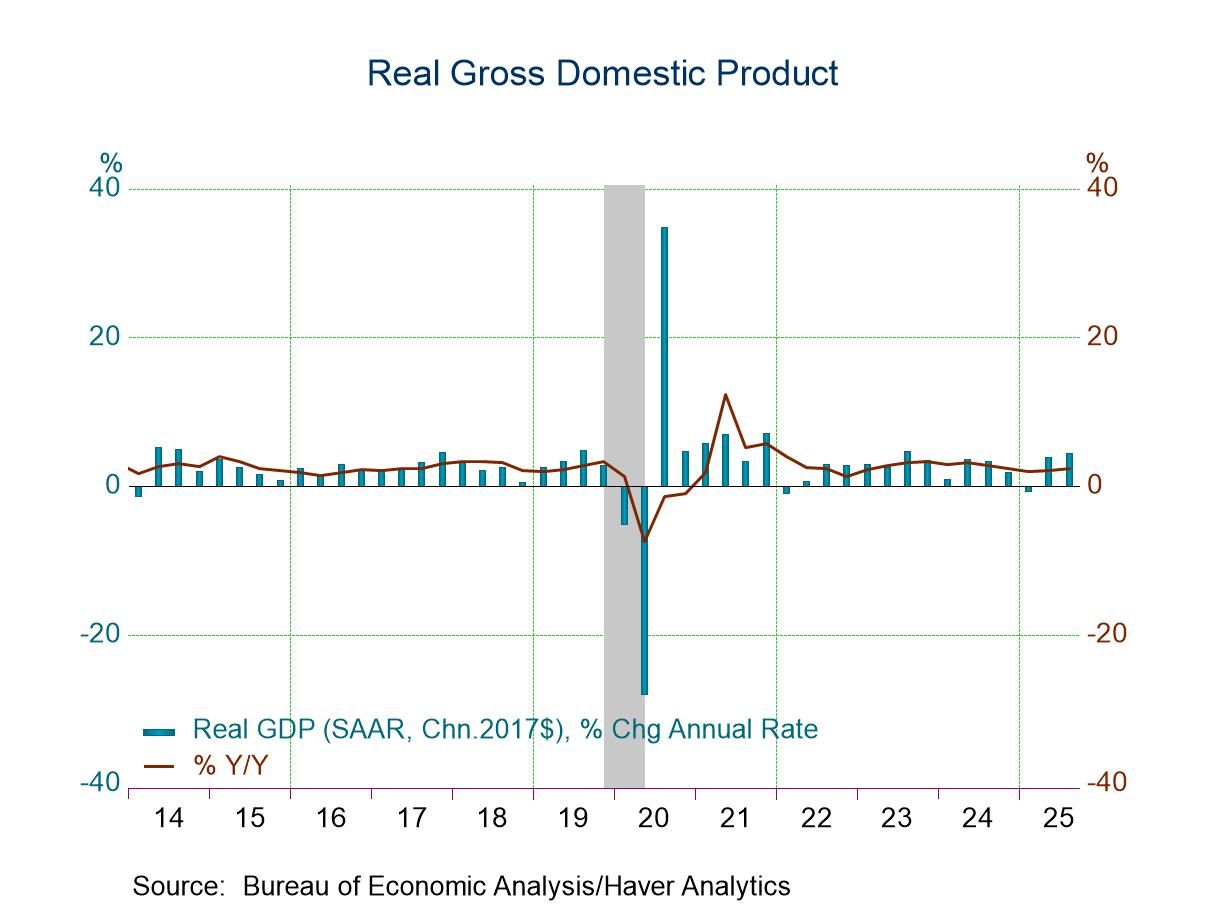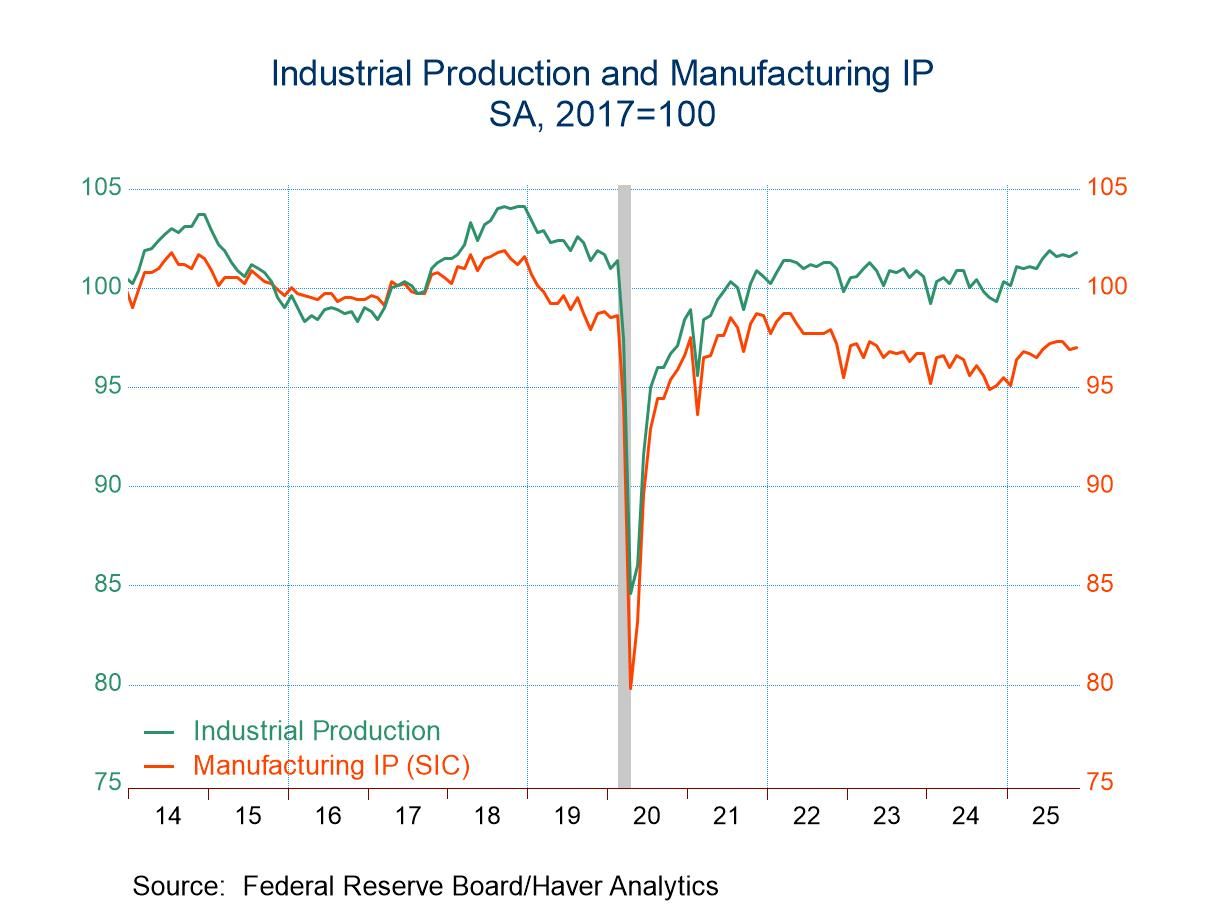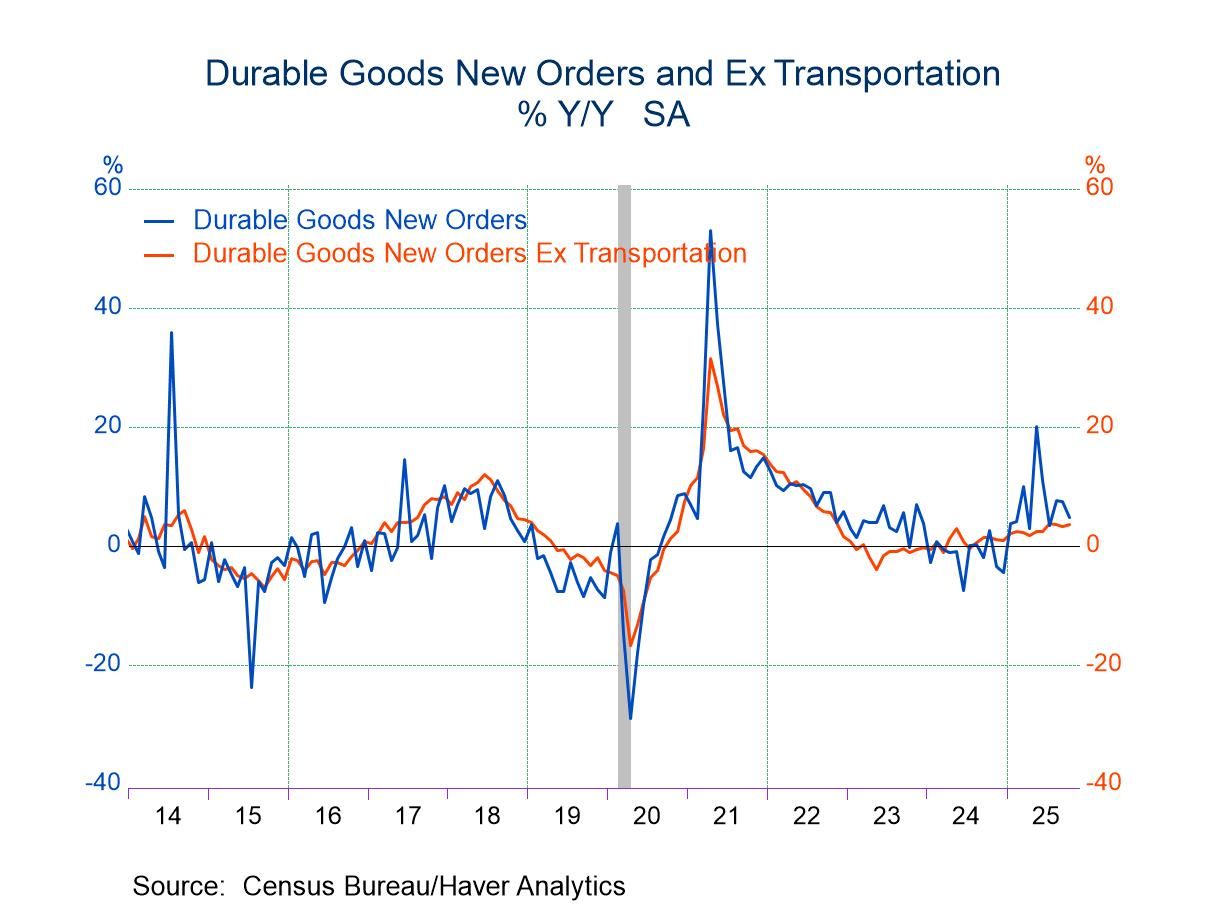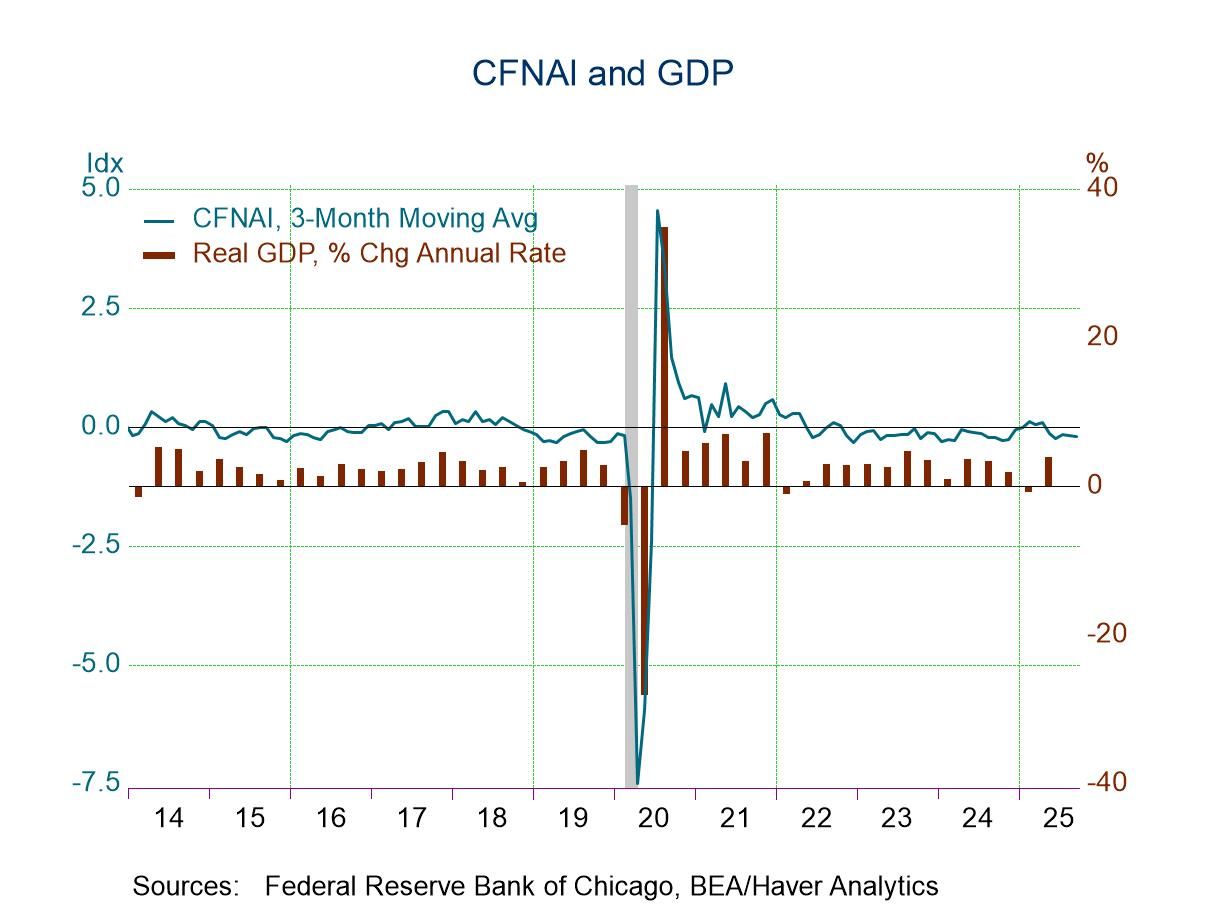Japan’s Industrial Output Is Flat in April But Carries Momentum

Japan’s industrial output was flat in April after rising by 0.2% in March and by 4.5% in February. Manufacturing output fell by 0.2% in April after rising 0.8% in March and gaining 4.9% in February. Despite the flat or declining output in April for industry overall and manufacturing, Japan carries momentum from strong gains in February and further gains in March after stumbling in a deep hole in January. As a result of this output pattern, these weak-seeming monthly numbers are setting output up for a strong gain in the second quarter relative to what was a disappointing first quarter in Japan. Overall output is growing at an annual rate of 10% in the second quarter as manufacturing output is growing at a 12.1% annual rate. These early returns for the second quarter occur with only one month's worth of data in hand.
Sequential growth rates show total industry output growing 0.2% over 12 months, advancing at a 0.6% annual rate over six months and exploding at a 20.2% annual rate over three months. Manufacturing output is up by 0.6% over 12 months, growing at a slightly faster 0.8% pace over six months and then bursting out at a 23.9% annual rate over three months.
IP manufacturing sectors Sector growth rates show acceleration in progress for consumer goods. Their 7.4% growth over 12 months is substantially preserved over six months and then mushrooms to a 24.1% annual rate over three months. Intermediate goods output falls by 3.3% over 12 months, improves to a decline at just a 0.9% pace over six months and then surges higher to a 25.8% annual rate over three months. Investment goods have a more complicated pattern, with output rising by 1.6% over 12 months, then giving ground to fall at an 11.4% annual rate over six months but recovering to surge at a 26% annual rate over three months.
On monthly data, the manufacturing sectors show three output gains in a row for consumer goods, and gains in April and February with a decline in March for intermediate goods, while investment goods display three monthly increases over February, March, and April. On balance, the second quarter looks like it's on its way to delivering strong growth in Japan. The quarter-to-date growth rates for consumer goods, intermediate goods, and investment goods lie in a range of 15% to 20% at an annual rate. These are quite strong growth rates for output.
Other industry Mining is a different story, showing output declines in February, March and April although the output declines diminish in April. Mining shows an 8.9% output drop over 12 months that worsens to a 17.6% annual rate decline over six months and worsens further to a 22.4% annual rate decline over three months. The mining sector in the Japanese economy is weak by months as well as sequentially weak and is still weakening over the past year.
Utilities for electricity & gas show declines in February and March month-to-month but bounce back as output increases by 1.4% in April. Sequentially utilities are showing a weakening trend with a 5.7% decline over 12 months, a 6.9% annual rate decline over six months and a 19.8% annual rate decline over three months. It's a bit of a surprise that electricity & gas usage can sequentially decline while manufacturing, for the most part, is accelerating.
Both mining and electricity & gas show output declines in progress in the second quarter with mining showing a 21.4% annual rate decline early in the quarter and electricity & gas showing a 14.3% annual rate decline early in the quarter.
Despite what looks to be good momentum over the last 12 months, Japanese output has not generally been impressive. Total industry output is still 2.5% lower than it was in January 2020 before COVID struck most of the global economy. Manufacturing output is lower by 3.4%, consumer goods output is lower by 2.5%, intermediate goods output is lower by 5.6%. Only investment goods show output stronger in April 2023 than it was in January 2020 with a gain of 2.4% over that three-year period. Mining and utilities both show weak output with mining weaker by 16% than it was in January 2020; utilities output is weaker by just 1.9%.

Summing up Japan's manufacturing sector is showing some life with extremely strong growth over three months for the three main sectors: consumer goods, intermediate goods, and investment goods. Year-over-year two of the sectors are already showing growth: consumer goods and investment goods. Intermediate goods still show a year-over-year decline. The quarter-to-date is cropping up to be quite solid for the industrial sector as the three principal manufacturing sectors are strong and gaining momentum. However, mining and utilities output display lagging performance. Japan's economy needs this rebound that has developed because output is still weaker in April 2023 than it was in January 2020, after period of more than three years.
Japan’s strength in industrial production is good to see; it comes at a difficult time with global inflation high and globally central banks generally raising interest rates. The Bank of Japan has not joined this party because it does not have the same kind of inflation problem that we see in Europe or in the United States. However, the tightening financial conditions in Europe and in the U.S. are not going to be good developments for Japan's economy and these conditions could put this resurgence in Japan’s industrial sector in jeopardy.
Robert Brusca
AuthorMore in Author Profile »Robert A. Brusca is Chief Economist of Fact and Opinion Economics, a consulting firm he founded in Manhattan. He has been an economist on Wall Street for over 25 years. He has visited central banking and large institutional clients in over 30 countries in his career as an economist. Mr. Brusca was a Divisional Research Chief at the Federal Reserve Bank of NY (Chief of the International Financial markets Division), a Fed Watcher at Irving Trust and Chief Economist at Nikko Securities International. He is widely quoted and appears in various media. Mr. Brusca holds an MA and Ph.D. in economics from Michigan State University and a BA in Economics from the University of Michigan. His research pursues his strong interests in non aligned policy economics as well as international economics. FAO Economics’ research targets investors to assist them in making better investment decisions in stocks, bonds and in a variety of international assets. The company does not manage money and has no conflicts in giving economic advice.






